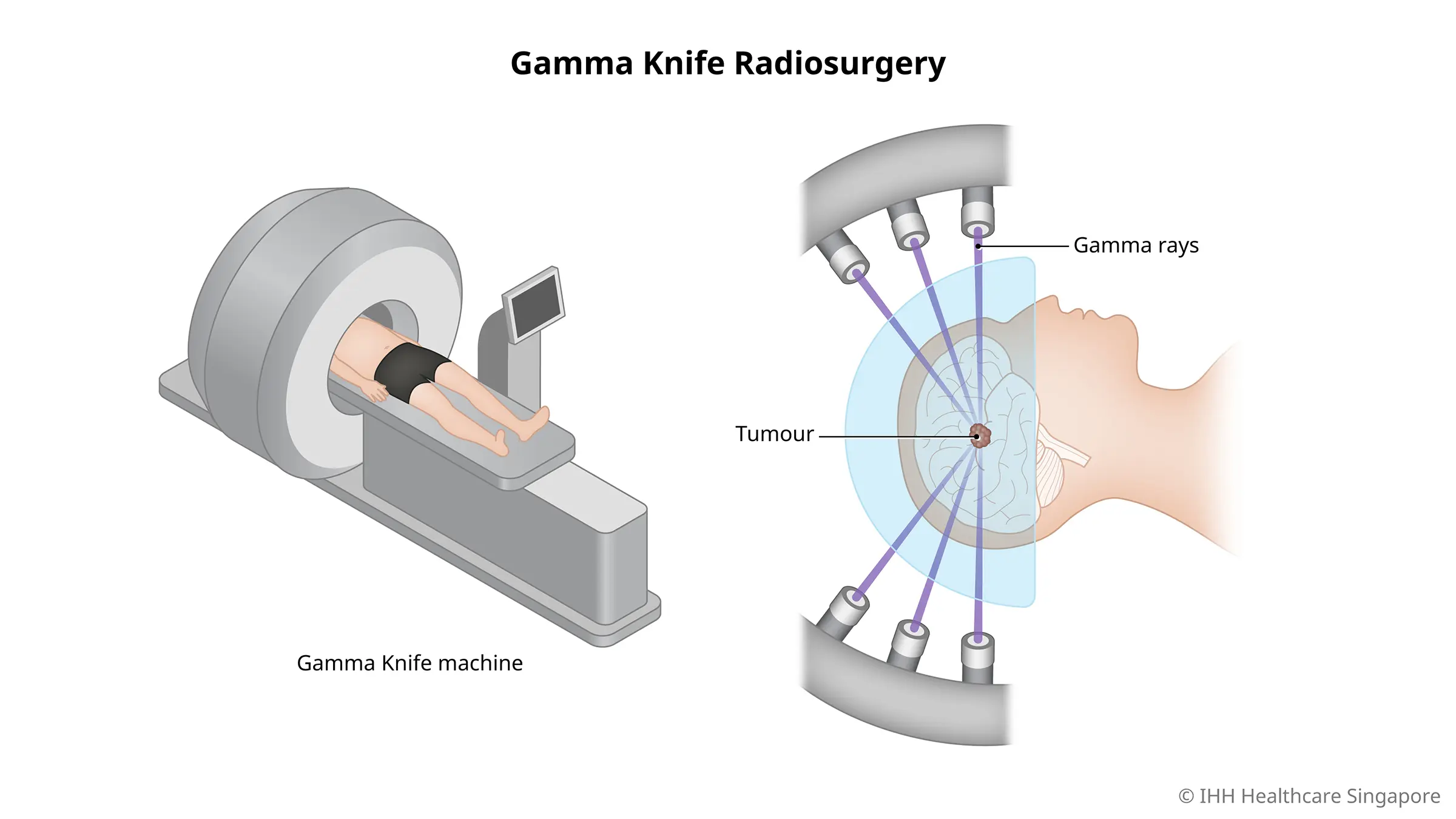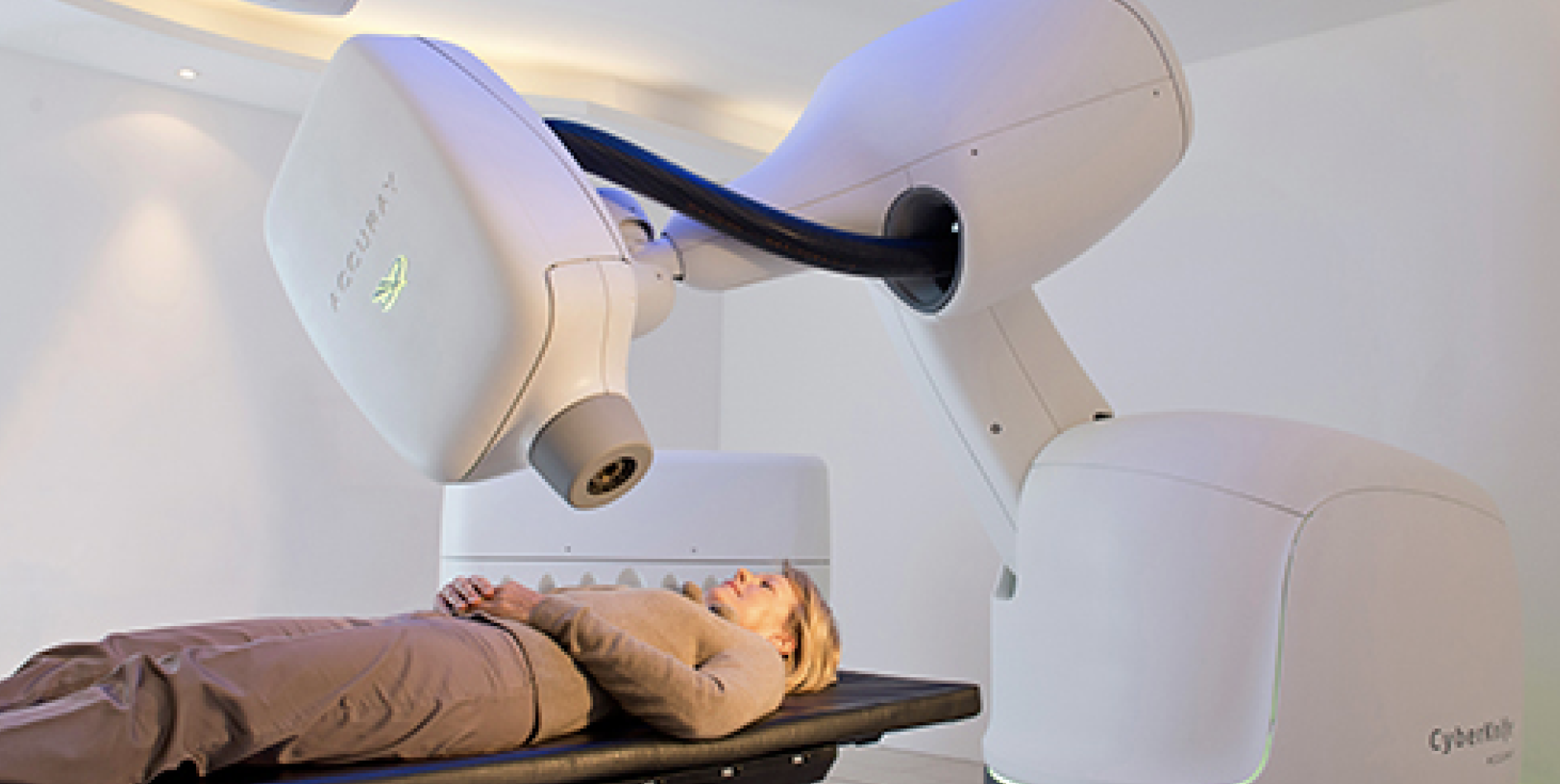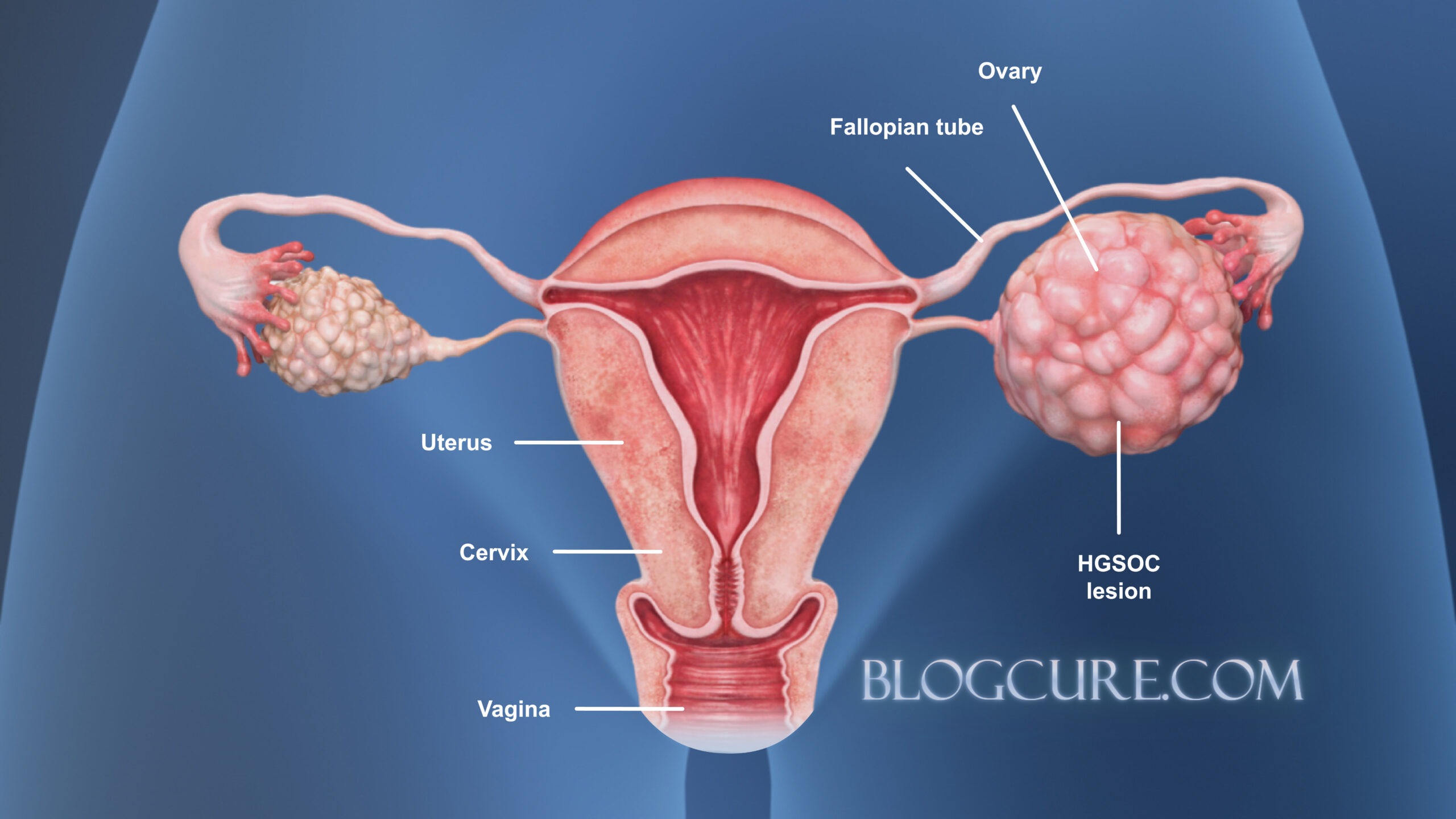
Gamma Knife Treatment: A Comprehensive Guide for Patients 🧠✨
Discover everything about Gamma Knife treatment for brain tumors, arteriovenous malformations, and trigeminal neuralgia. Learn about procedure, safety, recovery, benefits, and FAQs.
Introduction
Gamma Knife is a revolutionary, non-invasive treatment used for brain disorders such as tumors, arteriovenous malformations (AVMs), and trigeminal neuralgia. Unlike traditional brain surgery, Gamma Knife does not require incisions, reducing the risks of infection and minimizing recovery time. Patients can often return home the same day and resume their normal activities within 24 hours.
This guide provides detailed information about how Gamma Knife works, what patients can expect, potential side effects, recovery, and frequently asked questions.
How Gamma Knife Works ⚡

Gamma Knife uses highly focused beams of radiation to target abnormal brain tissue with millimeter precision.
| Feature | Description |
|---|---|
| Target | Tumors, AVMs, trigeminal nerve |
| Precision | Less than 0.5 mm accuracy |
| Radiation Beams | 192 or 201 beams converge on the lesion |
| Non-invasive | No incisions or general anesthesia needed |
| Procedure Time | 15 minutes to several hours |
Step-by-step process:
- Preparation: Head frame or mask is fitted to keep the patient still.
- Imaging: MRI or CT scans identify the precise location of the lesion.
- Treatment Planning: Doctors plan the radiation dose and target area using advanced software.
- Radiation Delivery: Multiple focused beams converge on the lesion without harming surrounding tissue.
- Follow-up: Imaging is repeated to track effectiveness.
Conditions Treated by Gamma Knife 🏥
- Brain Tumors: Benign or malignant tumors like meningiomas, gliomas, and metastases.
- Arteriovenous Malformations (AVMs): Abnormal blood vessel clusters that can cause bleeding.
- Trigeminal Neuralgia: Chronic facial pain caused by nerve compression.
- Other Neurological Disorders: Parkinson’s disease tremor, epilepsy, and movement disorders in selected cases.
Benefits of Gamma Knife 🌟
- Non-invasive, no scalp incisions
- Minimal recovery time
- High precision reduces damage to healthy tissue
- Outpatient procedure in most cases
- Can be repeated if necessary
Recovery and Aftercare 🛌
Most patients resume normal activities the same day. Mild fatigue, headache, or local swelling may occur but usually resolves quickly. Your doctor will provide personalized follow-up schedules and advise on any activity restrictions.
| Recovery Aspect | What to Expect |
|---|---|
| Pain | Minimal, usually managed with over-the-counter medication |
| Hospital Stay | Usually same-day discharge |
| Physical Activity | Resume light activities immediately |
| Follow-up Imaging | MRI or CT recommended at 1, 3, and 6 months |
Potential Side Effects ⚠️
- Mild headache or fatigue
- Temporary swelling near treatment area
- Rare: neurological deficits or radiation necrosis
Overall, Gamma Knife is considered extremely safe, especially compared to conventional brain surgery.
Frequently Asked Questions ❓
Q1: Is Gamma Knife safe for older patients? 👵👴
A: Yes, it is suitable for most adults, including seniors, and carries lower risk than traditional surgery.
Q2: How long does the procedure take? ⏱️
A: 15 minutes to several hours depending on lesion size and number.
Q3: Will I feel pain during treatment? 😌
A: No, only mild discomfort from the head frame or mask. Sedation is available if needed.
Q4: How soon will I see results? 📈
A: Tumor shrinkage may take weeks to months. Pain relief for trigeminal neuralgia can be immediate.
Q5: Are there side effects? ⚠️
A: Minimal; serious complications are rare.
Q6: Can I have Gamma Knife after brain surgery? 🏥
A: Yes, often safely. Your doctor will evaluate individual risks.
Q7: How long is recovery? 🛌
A: Most patients resume normal activities the same day.
Q8: Will Gamma Knife affect memory or brain function? 🧠
A: Cognitive functions are generally preserved. Mild fatigue or headache may occur.
Q9: Can children receive Gamma Knife treatment? 👶
A: Yes, with mild sedation if necessary.
Q10: Is follow-up required? 📅
A: Yes, regular imaging ensures treatment success.
Q11: How does it compare to traditional surgery? ⚡
A: Non-invasive, lower complication risk, minimal recovery. Surgery may be needed for large or complex tumors.
Q12: Can it be combined with other treatments? 💊
A: Yes, often used alongside chemotherapy, radiotherapy, or immunotherapy.
Q13: How much does Gamma Knife treatment cost? 💰
A: Costs vary depending on location, hospital, and insurance coverage. Many insurance plans cover the procedure for approved conditions.
Q14: Will I need anesthesia? 💉
A: Usually not, except mild sedation for children or anxious patients.
Q15: How precise is Gamma Knife? 🎯
A: Extremely precise, with less than 0.5 mm deviation. Surrounding healthy tissue is largely unaffected.
Conclusion ✅
Gamma Knife is a safe, effective, and precise non-invasive treatment for various brain conditions. It offers patients short recovery times, minimal side effects, and excellent treatment outcomes. If you or a loved one is considering Gamma Knife, consult with a qualified neurosurgeon or radiosurgeon to determine if this treatment is right for you.








